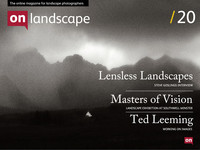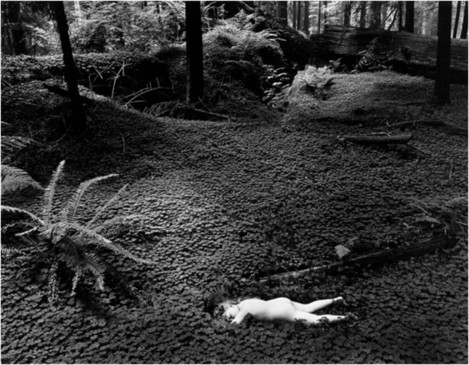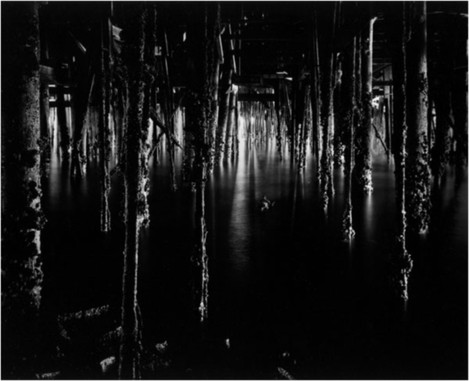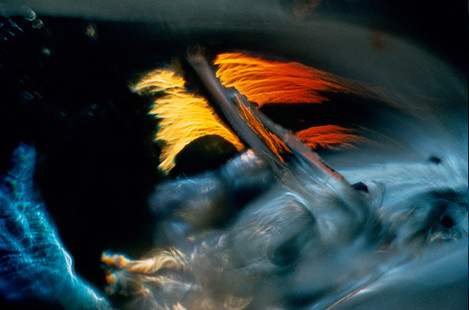Master photographer

Tim Parkin
Amateur Photographer who plays with big cameras and film when in between digital photographs.
Wynn Bullock was a Chicago born photographer who grew up in California. His youth was all sports and singing and it was his singing that took him to New York to study music and languages. Whilst in New York, he sang in the chorus in front of President Warren Harding and Irving Berlin. He married a colleague from the chorus and ended up moving to Paris, France where he became enchanted with the impressionists and more importantly to the photography of Laszlo Moholy Nagy and Man Ray. A tour of europe, ending in Milan also became a introduction to photography where he started with a Zeiss and finally, at the end of the tour, he bought a Leica in Berlin.
He returned to the US to manage his families business in Virginia. He finally moved his family back to california and started to study Law at USC. This didn't last long and within a few weeks, he enrolled in a photography course. The influence of Ray and Nagy pushed him into experimentation with solarisation and bas releif.
During the war, Bullock was employed as a photographer and at its end, he remarried, started selling postcard pictures and became co-owner of a commercial photography business.
The big turning point in his personal photographic journey was meeting Edward Weston in 1948. Stunned by the beauty of his prints, he devoted himself to 'straight' photography, spending a long time working around Point Lobos trying to work in an area that Weston knew well - he wasn't completely taken by all of Weston's words though, saying "Some of his best known sayings don't make any sense at all".
He moved away from his study of Weston (who was already dying and unable to photograph when he first met him) and is probably best known (apart from the Family of Man photographs) for his much emulated photographs of Nudes in the landscape. Bullock primarily used his children as models (sometimes without there cooperation, to the point of fainting or suffering from nettles and rashes) and some have interpreted there use to symbolise negative meanings but Bullock was primarily trying to symbolise purity and the link between the human and nature.
His professional photographic journey took a major boost when Steichen chose two of his photographs to be included in his "Family of Man" exhibition (one of the most widely seen photographic exhibitions of its time). His two pictures were the most popular of the show (see included).
In the 60's he worked with 'Color Light Abstractions', which was before it's time and could only really be seen as intended in his families reproductions. (see his website for more images).
He returned to black and white soon after this, frustrated with the quality of colour reproductions. His last works were a search for the light within, even continuing to take photographs of inanimate objects searching for the energy and animism within.
There is a lot more to be read about Bullock's work and life in the book "The Enchanted Landscape" which collects together most of his well known landscape images and quite a few interesting abstracts. The website (http://www.wynnbullockphotography.com/) curated by his daughter is also well worth a long study and she talks about some of her fathers work in detail.
The "Enchanted Landscape" can be bought from Alibris or Abebooks second hand for around £30 pound typically (although there are a couple at £17 at the moment). You may also buy the book direct from the Bullock estate at $100.
















